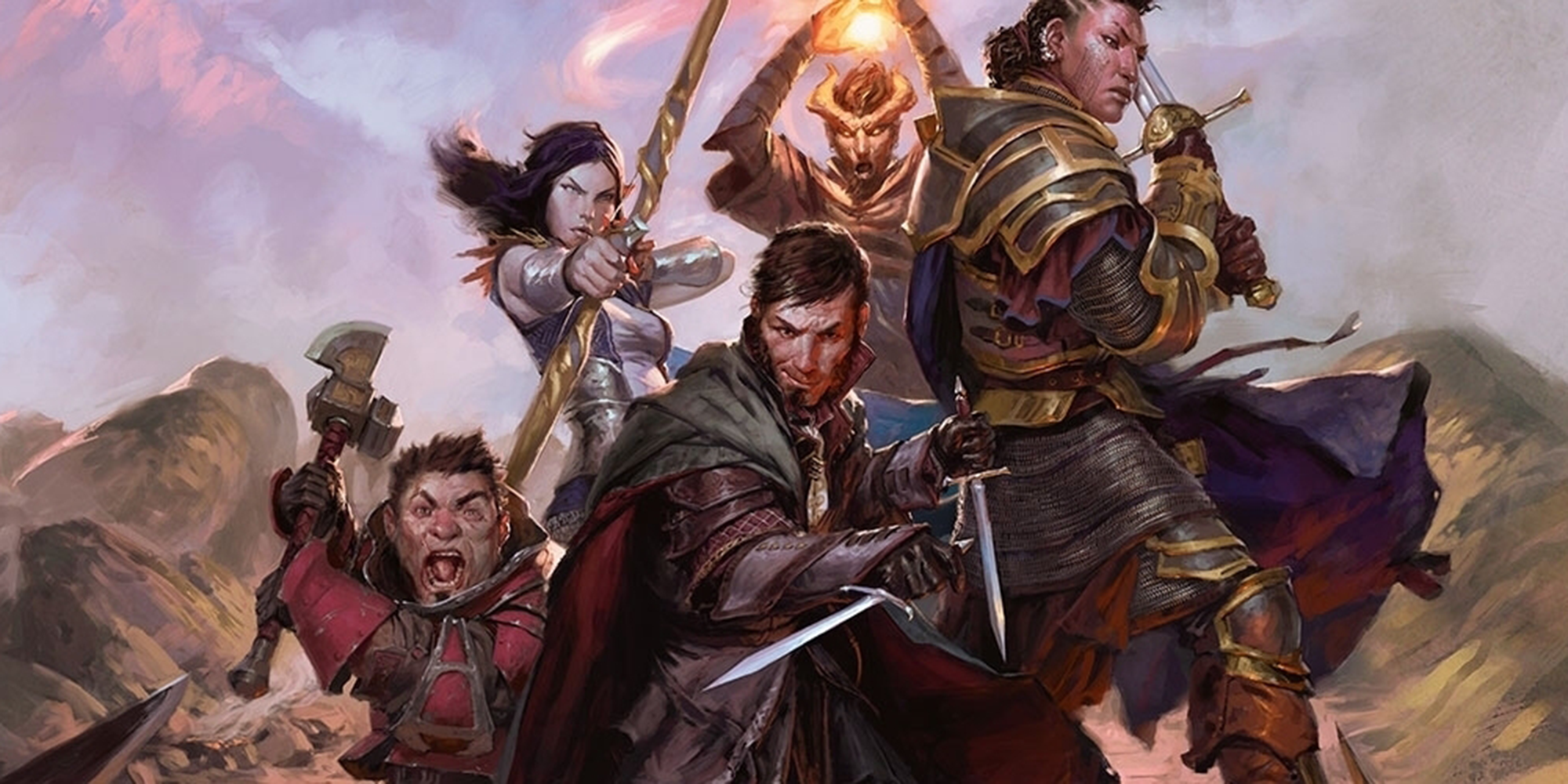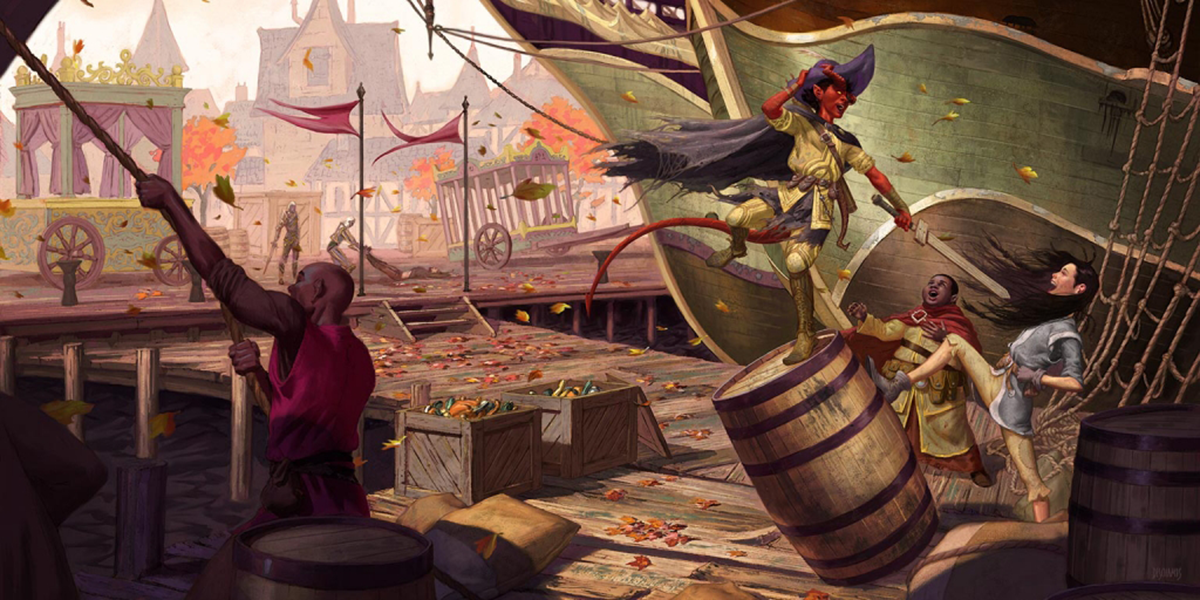Originally released as Unearthed Arcana in 2018, sidekicks have officially joined the Dungeons & Dragons canon with the release of Tasha's Cauldron of Everything. Sidekicks can help round out a group's abilities or simply join in for the story. Their simple and solid features mean they can participate in the fun without stealing the players' spotlight.
Players needn't squabble over them either, as every player can have one if the Dungeon Master allows it. Because sidekicks get stronger as players do, they can be a great way to help a party overcome tougher challenges than they could otherwise face alone. Plus, the sidekick classes give players and DMs just enough freedom to create a character that will fill any holes a group.
The options for making a sidekick remain limited to the three that appeared originally: Expert, Spellcaster and Warrior. However, sidekicks don't have to be a playable race. They can actually be any creature that has a stat block with a challenge rating of 1/2 or lower. That opens the doors to all kinds of possibilities for parties who like to keep things light. Players could have bullywugs, awakened shrubs, a giant spider or even a mephit as a sidekick.
Once a creature type is chosen, you'll need to pick a Sidekick Class. The Expert is like a Rogue, having great skill proficiencies, Expertise and the Coordinated Strike, which in some ways is better than Sneak Attack. Coordinated Strike allows the Expert to give Help on another creatures attack and add extra damage to that attack. Spellcasters must refine their class to choose from existing spell lists. They can become Mages, Healers or Prodigies, making them perfect for support. However, they'll never have as many spell slots as a PC or the focused features of a subclass. Warriors, like Fighters, are the most straightforward; they're tough and will protect a party (especially a weaker group) by dealing damage on the frontline.
For a sidekick to join a party, they "must be the friend" of at least one party member. However, the rules state that the party can determine how much trust is sufficient to allow a sidekick to join. More important is that the sidekick can be played flexibly. That is, D&D typically has Player Characters and NPCs, but sidekicks could be played by the DM, by a player, by the entire party jointly or any other way the party determines. Adding a sidekick like that could help make social interactions and split party encounters more dynamic.
Sidekicks could especially help a smaller party by strengthening a group so that it could face more challenging foes. Tasha's Cauldron advises DMs to count a sidekick as a character when balancing encounters, so they can definitely carry their own weight in combat. That's partly also because sidekicks level up right along with the party, all the way to level 20.
Still, sidekicks never get quite the same array or scope of features that PCs do. They can provide additional help, cast spells and deal damage, but they'll never truly compare to the players -- and that's for the best. Sidekicks, after all, should remain on the side. Regardless of how you choose to incorporate them, sidekicks may just be a perfect fit for your next campaign or player character.


